Day 3: Milford Sound
The sun wasn’t up, but we were! Ready by 7:30AM to drive to Milford Sound via one of the most scenic routes in New Zealand. After a quick stop at the gas station, we were on our way. Fun fact: In New Zealand, you can apparently pump your gas first, THEN pay inside.
With cold temperatures and heavy mists, the Milford Road can be very icy and dangerous in the winter. And they weren’t lying. We saw one car abandoned in the ditch and about 5,000 black ice warning signs. However, having grown up in the Midwest, the fervor over the road conditions really amounted to “don’t drive like an idiot.”
As the sun rose, the views got more dramatic. We pulled into a parking spot at Milford Sound and were immediately greeted/startled by a Kea bird that landed on the roof of the car. Technically, Keas are alpine parrots, but they act like seagulls at Wrigley after a Cubs game.
We checked in with Southern Discoveries and made it to the boat right on time. Milford Sound is actually a fiord created during the last ice age as the glaciers moved through the area and carved through the mountains, which were formed when the Australian techtonic plate subducted under the Pacific plate… I can go on and on, but the point is: this place looks really freaking cool.
Our tour guide on the boat was informative, entertaining, and obviously from New Zealand — because every third nature fact was a set-up line for a sick burn of the Australian Rugby team.
Speaking of nature, we were lucky enough to spot a Fiordland crested penguin (AKA Tawaki) on the tour. They are the second most rare penguin species in the world. Fun fact: The number one threat to the Tawaki are domestic dogs. So, remember everyone, keep your dogs away from the penguins in Milford Sound.
We also found some seals hanging out on the rocks in an area the map suspiciously calls Seal Rock. What kind of deal do the boat companies have with the seals to get them to show up and wave that very location?
Although it is not the rainy summer season, there are many waterfalls in Milford Sound. The most impressive was Stirling Falls, which is three times taller than Niagara Falls, highlighting how insanely fast these mountains rise from sea to summit.
The last stop was the Milford Discovery Center and Underwater Observatory. It’s exactly what it sounds like: a small museum area on the main floor with large panels all about Milford Sound as well as an underwater observatory. Much like an aquarium, we were able to look out of glass windows and view aquatic life in the actual fiord waters.
After returning to dry land, we found our car amongst the sea of tour buses that had arrived for the afternoon. Good lord, this place must be a zoo in the summer!
Without any further time constraints to worry about (except the sun setting), we were free to see whatever we wanted on the drive back. The list included the Tutoko Suspension Bridge, Monkey Creek, and Pops View. We also saw The Chasm, which sounds like a Stephen King novel, but is actually an area featuring powerful waterfalls and the fascinating rock formations that have resulted.
We continued to The Divide, which is the lowest east-west pass in the Southern Alps. More importantly, it is the start of the Routeburn hiking trail, one of New Zealand’s Great Walks.
The full Routeburn trail takes three days, but in three hours, you can make it to Key Summit and back. Wasting no time, we hiked up the steady incline through trees and rocks with completely stunning views. We made it to the summit, enjoyed the sights, and headed back down the mountain before dusk turned into a search and rescue mission.
Arriving back in Te Anau for the night, we dropped off our gear, ate a tasty dinner at The Ranch, and called it a day. From all of us at Metro News One, good night!
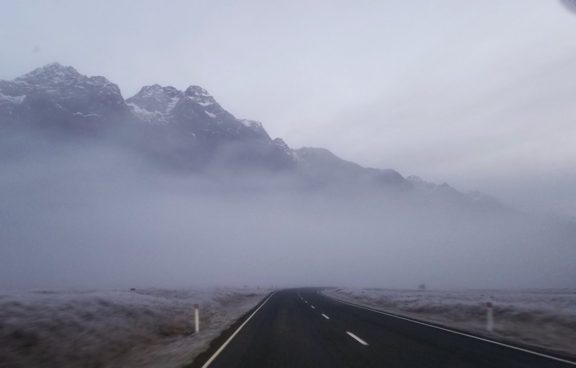
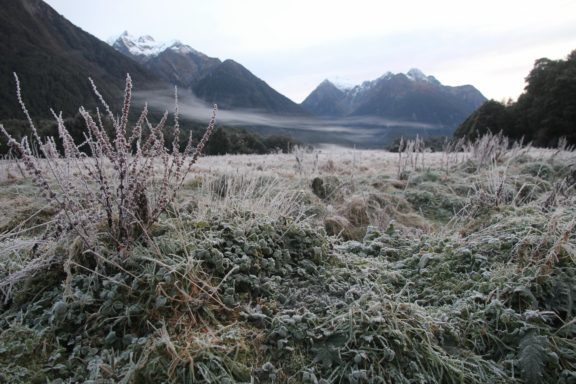
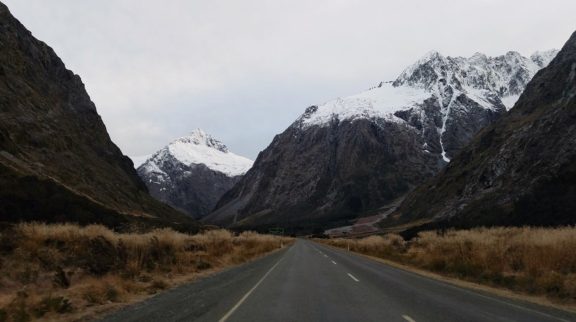
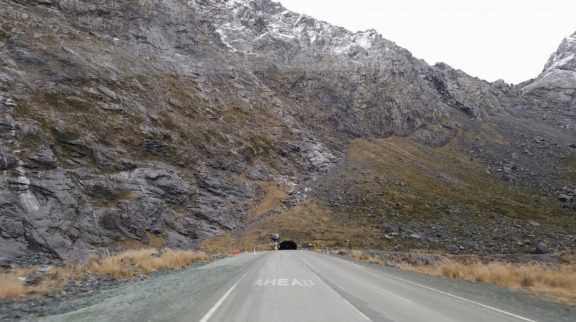
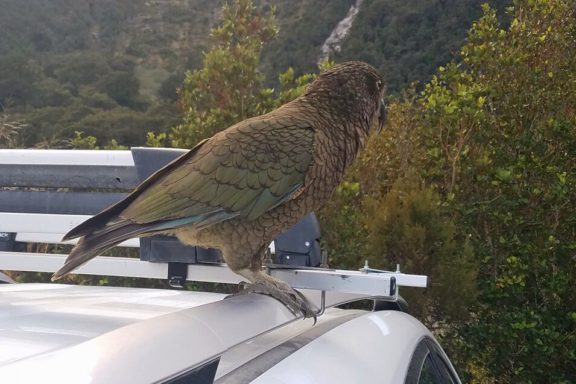
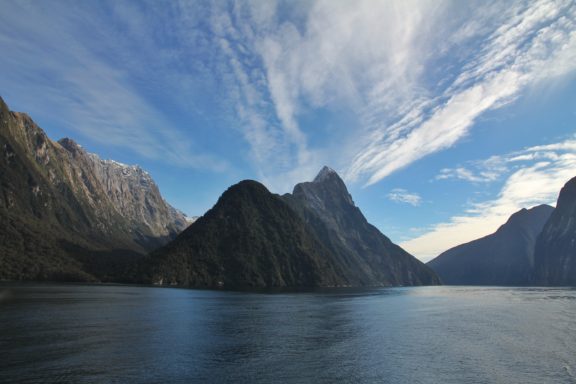
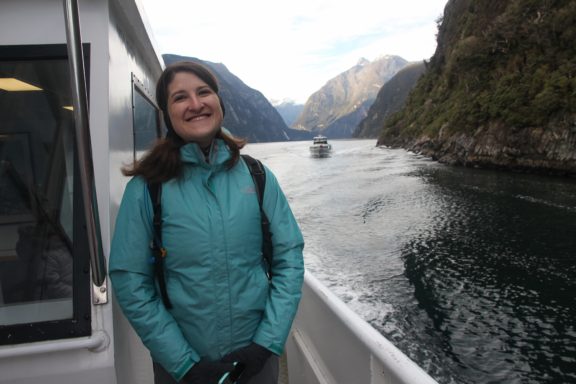
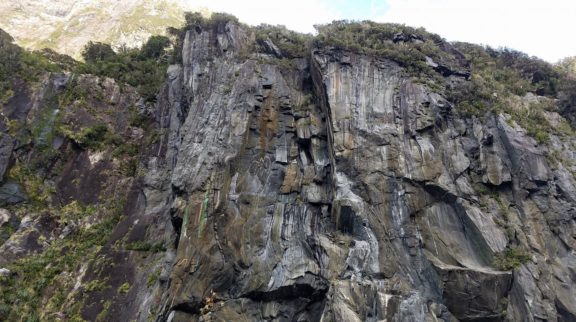
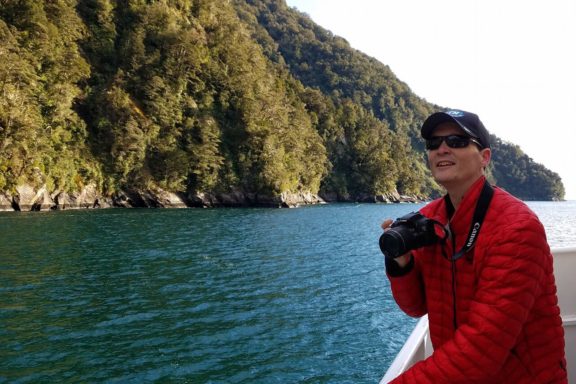
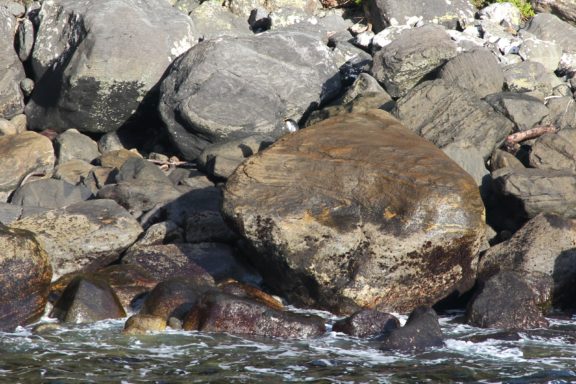

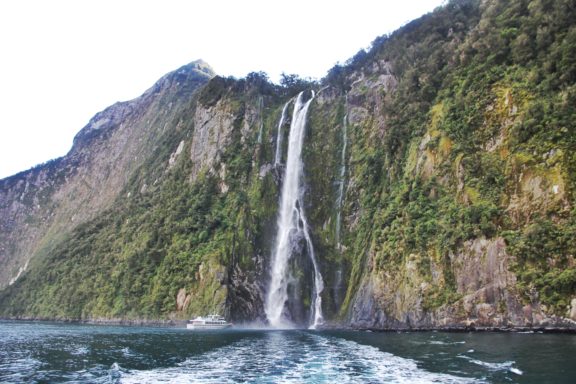
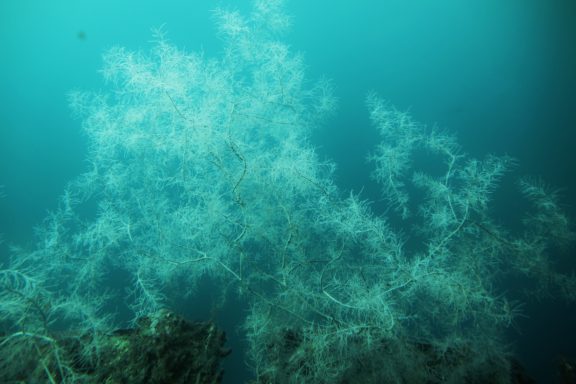
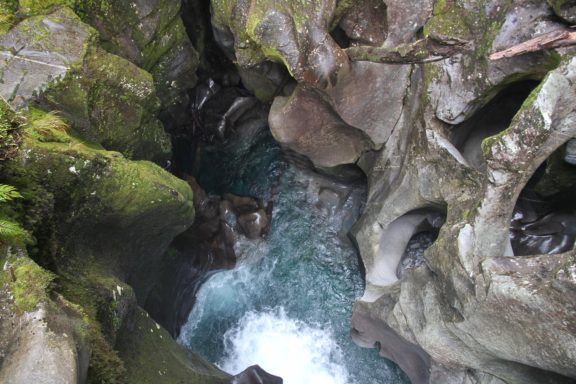
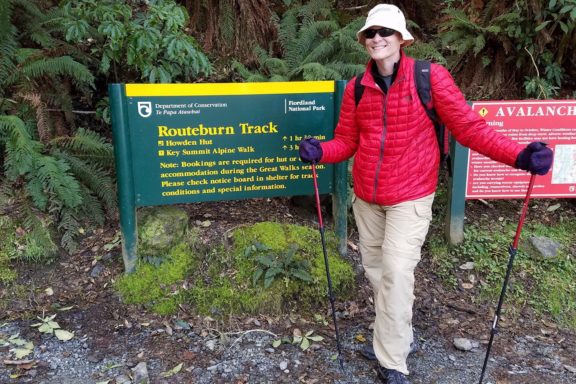
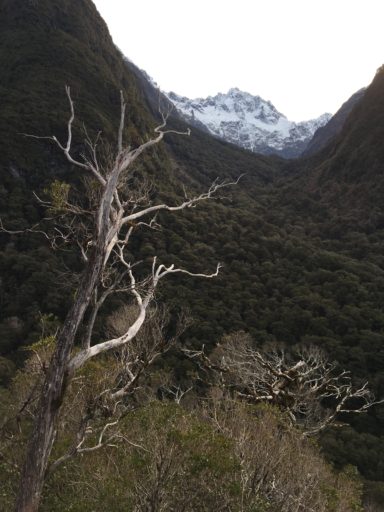
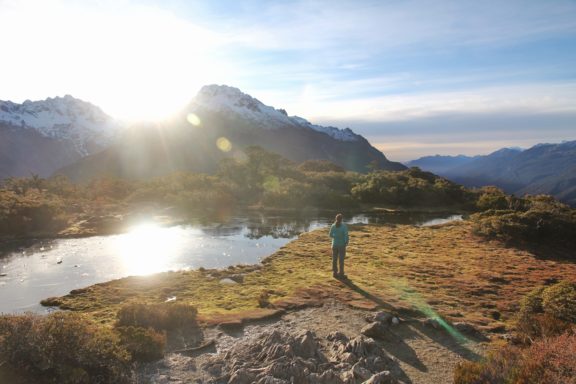
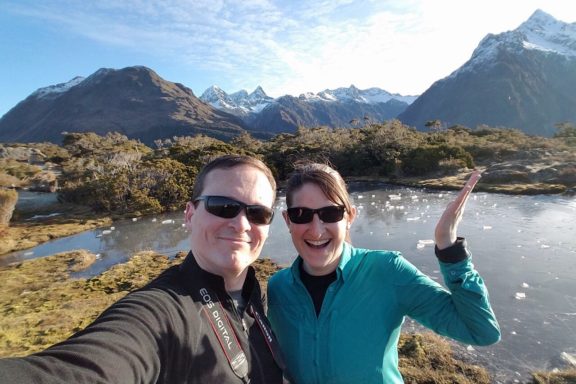
What can I say? AWESOME!!! Your photos and commentary are wonderful….looking forward to next installment! I am curious though – how similar/different is this to Alaska?